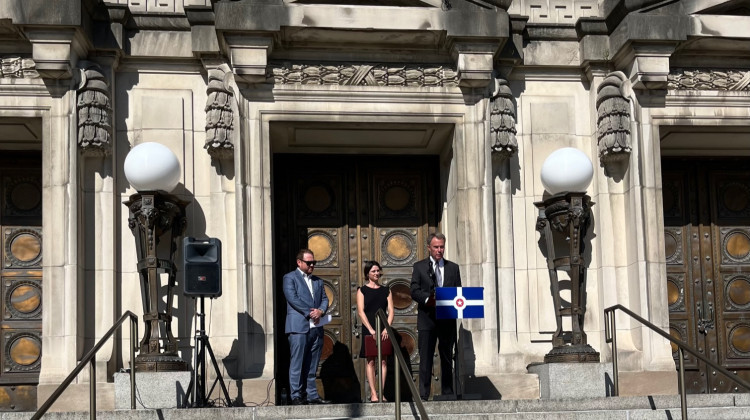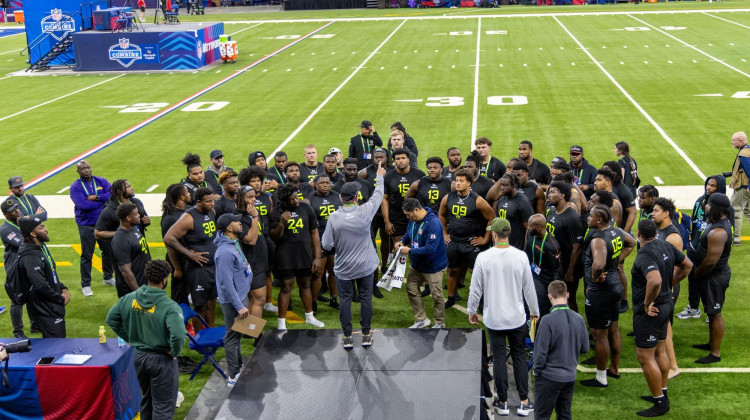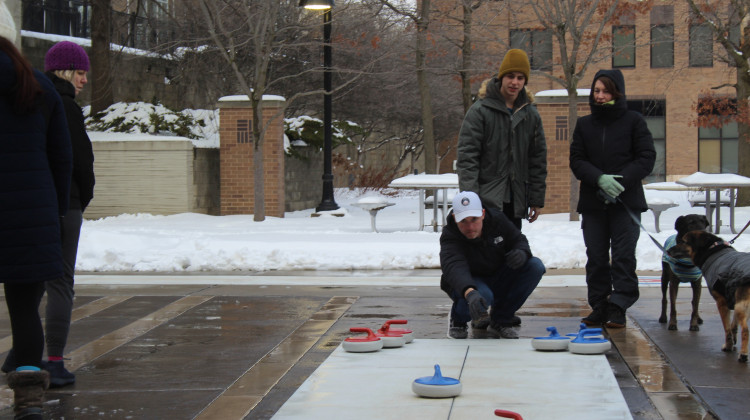Looking over the racecar manufacturers that have taken the checkered flag during a century of Indianapolis 500 races reads like a Who’s Who of the world’s greatest marques. They came from places as close as Indianapolis and as far away as the Orient. There may not be a magic formula to winning the Indy 500, but some have clearly performed better than others.
Sting Like A Wasp
A Marmon Wasp, built in Indianapolis and driven by Ray Harroun, won the inaugural race in 1911. Like many racecars that followed, the win enabled Marmon to build great road cars in the following decades. You can see the Wasp in the Indianapolis Motor Speedway Museum.
“The 1911 Marmon is the most significant car in the collection,” said Indianapolis Motor Speedway Museum historian Donald Davidson in an interview I conducted in 2014 for the Indianapolis Star. “It won the first race and is 97 percent original. I think it has its third coat of paint, but has been well cared for during the past 100 years. It came to the speedway in 1956 when the original museum was opened, but was still privately-owned. It was later acquired by IMS as part of its permanent collection.”
While the Marmon Wasp was built in Indianapolis by one company, determining who made successive winning cars is a bit complicated.
Engine vs. Chassis
There are actually two parts to building a great racecar: The chassis and the engine. In the early days, they came from the same place. Think Marmon (1911), National (1912), Peugeot (1913/1916), Delage (1914), Premier (1919), Frontenac (1920/1921), and Mercedes (1915). These showed American, French, and German passports. In 1922, we saw Duesenberg supply the chassis and Miller build the engine – a foreshadowing of years to come. After 1940, race shops focused on chassis building while automakers and engine builders supplied the power.
Looking across the century, three chassis suppliers stand out. Dallara, which is based in Italy but builds cars in Speedway, has supplied all winners since 2005 and claims 15 Indy 500 victories. Penske chassis rolled across the bricks first seven times. Miller and Watson tie for third place with six wins each.
When enthusiasts think about engines, Chevrolet and Duesenberg are probably front of mind. However, with a record 27 wins, Offenhauser dominates history. Miller is second with 12 wins, followed by Cosworth and Honda with 10 wins each. Chevrolet is the fourth winningest brand with nine wins. Duesenberg claims just three wins – only one more than Mercedes.
Favorite Winners
Each of us have our favorite winning car. In the same interview, Davidson mentioned the 1957 winner as his favorite because it was when he first became interested in the race. Proving how different cars were then, the Salih/Offy driven by Sam Hanks was a front-engine roadster that also won the 1958 race as driven by Jimmy Bryan.
My favorite is easily the Penske/Mercedes-Benz that won the 1994 race in a virtuoso performance by Al Unser, Jr. Watching that race was better than seeing Tiger Woods win his first Masters.
While the cars on display varies over time, the 36,000 square-feet IMS Hall of Fame Museum is a great place to see the original Marmon Wasp and other winning race cars. The museum is open daily from 9 a.m.-6 p.m. March-October and 10 a.m.-4 p.m. November-February (excluding Thanksgiving and Christmas). Admission is $10 for adults, $5 for ages 6-15, and free for those 5 and under. To visit, enter the Main Gate 2 tunnel from 16th Street.
Storm Forward!
 DONATE
DONATE












 View More Articles
View More Articles





 Support WFYI. We can't do it without you.
Support WFYI. We can't do it without you.